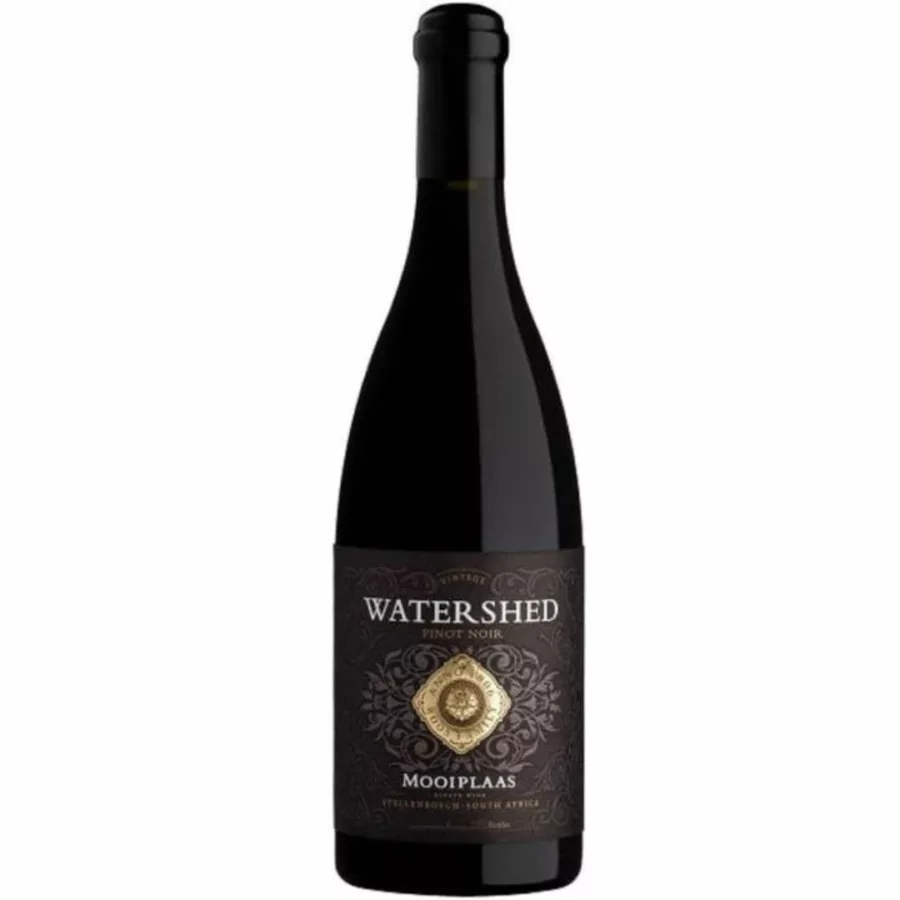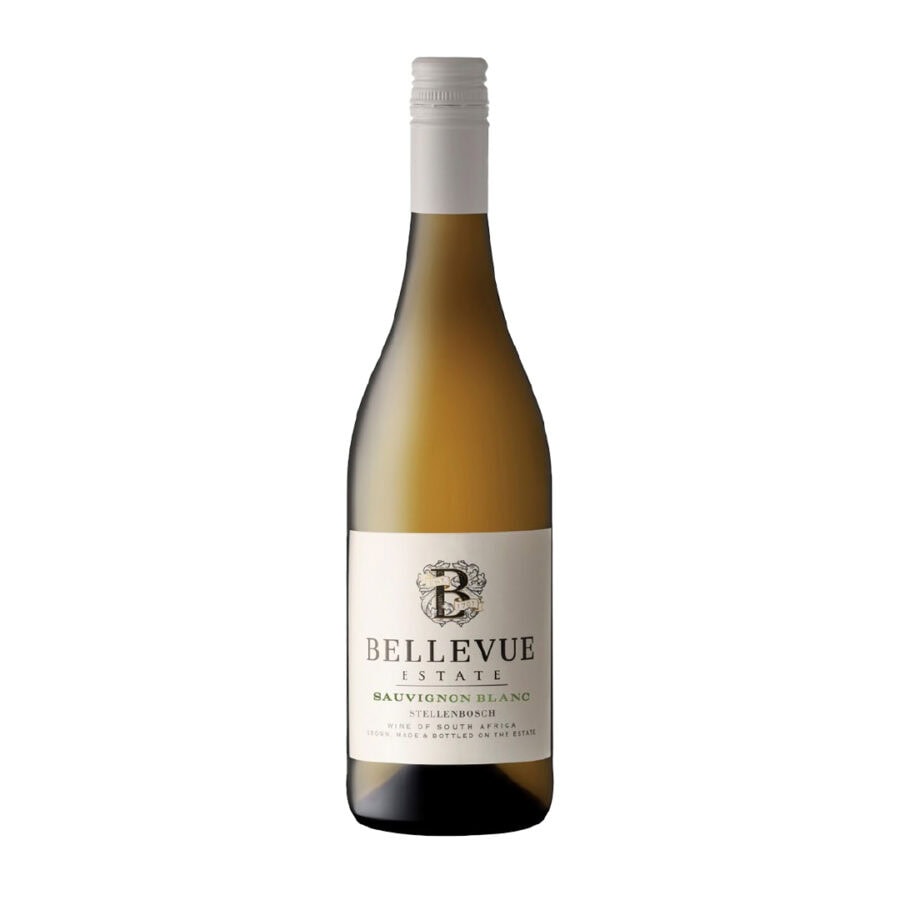More Information
Specifications
In the cellar
The grapes were hand harvested in small crates in the early hours of the morning to keep the grapes cool and preserve flavours. Grapes are cooled further overnight in our on-site cold room (3°C) and processed the following day. Bunch and berry sorting is practiced making sure only the best grapes are used in our wines. A very soft destemming action gently rolls intact berries off the stems, preventing the extraction of harsh unwanted phenolics.
Only 5 tons of Pinot Noir was de-stemmed to a stainless-steel tank for a maceration period of 1 week. Once spontaneous fermentation started, the tank was inoculated with yeast. Pump-overs were done 3 times a day during fermentation.
Post Fermentation, the wine was drained off the skins and lightly pressed and transferred to a steel tank. After settling, the wine was racked to 500L Oak Barrels (2nd fill). No Malo-Lactic Fermentation took place.
In the vineyard
The Bottelary Hills are extremely diverse in terms of terroir. This Pinot Noir is planted on gravelly soils with a South-west facing slope benefitting from the Atlantic Ocean’s cooling influence.
The Bottelary area forms part of granitic hills and the reddish- and yellowish- brown soils are highly suited to the production of quality wine grapes. The soils are acidic, have great water retention capabilities and are well drained. Soil types include Oakleaf, Tukulu, Hutton and Clovelly.
Vineyards in the Bottelary Hills are planted at varying heights from 150m to up to 400m above sea level. All these factors contribute to crafting unique, distinctive wines with a sense of place.
Cultivar
100% Pinot Noir
Food Pairing
Mushroom risotto with crispy duck breast.




